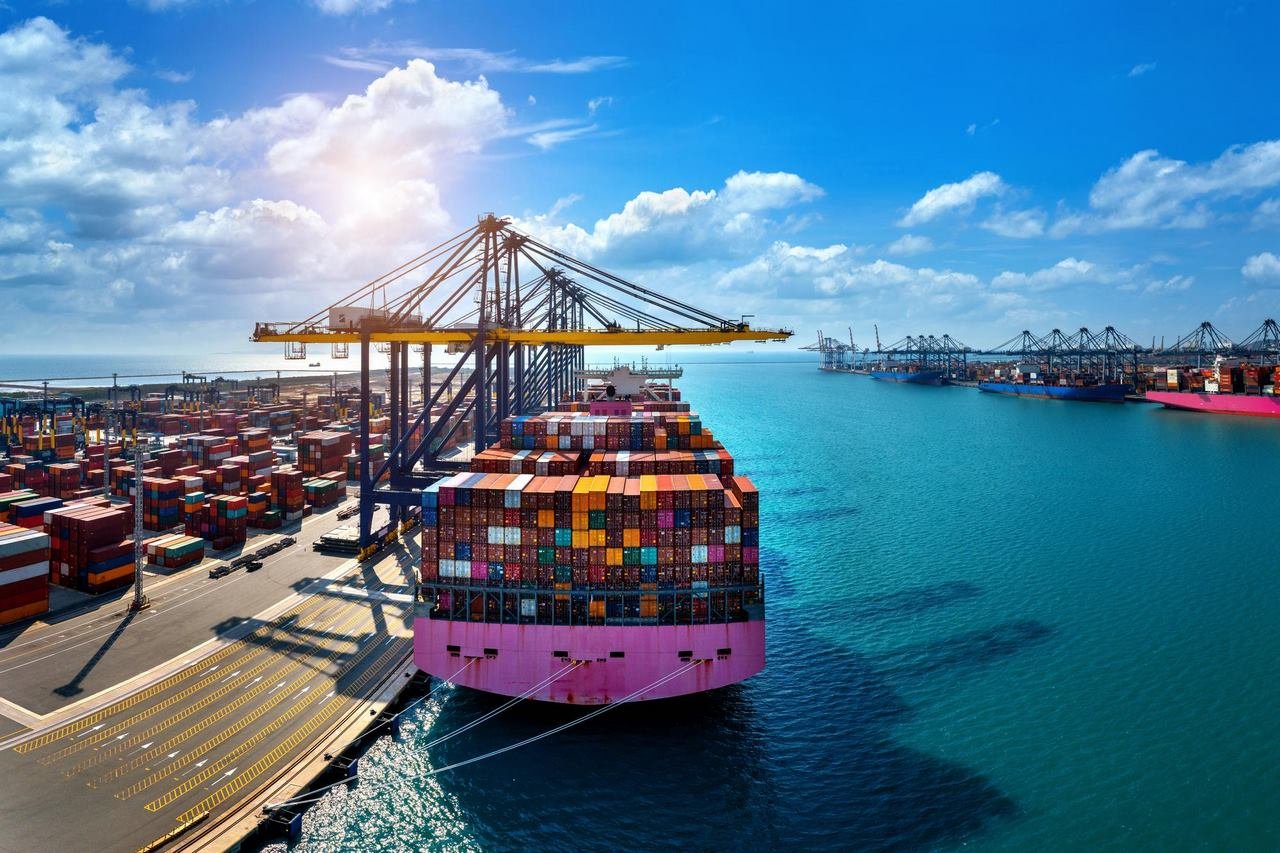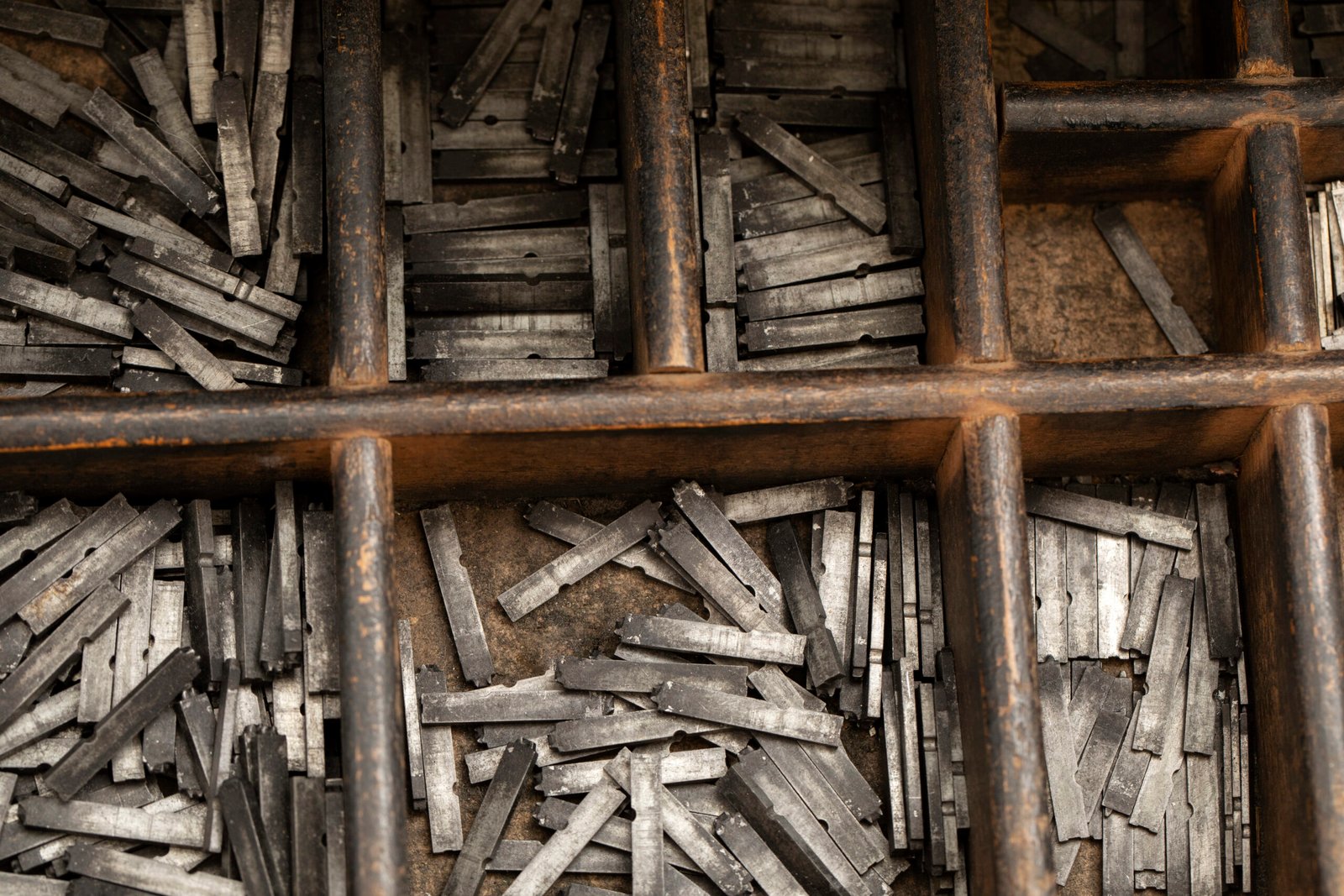In today’s interconnected economy, securing high-quality raw materials is the foundation of any manufacturing or industrial process. Whether sourcing steel, copper, aluminum, or specialty alloys, businesses must navigate a complex landscape to find suppliers that combine reliability, quality, and competitive pricing. At Steelbridge Export, we’ve helped clients across multiple industries build resilient supply chains by pinpointing and vetting top-tier suppliers worldwide.
Raw Material Sourcing: How to Find Reliable Suppliers Worldwide
In this comprehensive guide, we explore best practices for raw material sourcing, how to evaluate and qualify suppliers, and ways to de-risk your operations using advanced raw material trading services. From supplier due diligence to contract negotiation, we’ll dive into every critical step, offering actionable insights that can benefit importers, manufacturers, and commodity traders alike.
1. Define Material Requirements Clearly
Tailor Your Material Strategy
Ambiguity is a sourcing risk. Before approaching suppliers, clarify:
-
Material type (e.g., ASTM A514 steel, electrolytic copper cathodes)
-
Grade, alloy, strength, or chemical composition
-
Quantity (per shipment and annual demand)
-
Packaging, labeling, and delivery standards
Precise definitions support accurate quotes from suppliers. When undertaking raw material trading services, having strict technical definitions prevents costly replacements or production downtime.
2. Locate Potential Suppliers Globally
Unlocking Global Supply
Finding reliable suppliers takes a layered approach:
-
Industry exhibitions: Events like Metallica Expo or Bauma showcase vetted producers.
-
Trade directories: Databases highlight certified mills from China, India, Europe, and North America.
-
Referrals: Existing partners often recommend suppliers they trust.
-
Online platforms: Verified sourcing portals can connect you to compliant vendors.
Each channel uncovers different supplier tiers, helping you build a shortlist for detailed vetting under raw material trading services protocols.
3. Conduct Rigorous Supplier Due Diligence
Vetting for Longevity
After building a shortlist, deep vetting helps identify credible suppliers:
-
Certifications: Request ISO 9001, industry-specific quality statements, mill test reports.
-
Factory audits: Confirm facilities, equipment, and quality processes via onsite or video audits.
-
References: Speak with international buyers to learn about reliability and service levels.
-
Financial stability: Inspect business credit reports to ensure suppliers can sustain large orders.
-
Compliance records: Check for legal compliance, export permits, and ethical sourcing.
This diligence safeguards the backbone of your raw material trading services, enabling consistent, high-quality supply.
4. Trial Orders and Sample Validation
Begin Small
Before committing to bulk volumes, place trial orders. Cruise through:
-
Testing protocols: Chemical and mechanical verifications via internal or third-party labs
-
Packaging inspections: Ensure goods are crated or banded per your standards
-
Documentation checks: Review MTC, MSDS, traceability, and customs classification
Samples validate the supplier’s capability and help refine your procurement workflow under your raw material trading services standard.
5. Negotiate Terms and Structure Contracts
Crafting Buyer-Focused Agreements
Once a supplier passes validation, it’s time to secure favorable terms:
-
Clearly defined Incoterms: Whether you choose FOB, CIF, or DDP depends on control and cost preferences
-
Pricing structure: Consider fixed, indexed, or spot-linked pricing tailored to your risk posture
-
Quality provisions: Include acceptance thresholds or rework clauses in case of deviations
-
Delivery timelines: Build deadlines, delays, and penalties into the agreement
-
Financial tools: Choose LCs, escrow, or milestone payments to protect both parties
-
Audit rights: Reserve facility review privileges to ensure ongoing compliance
Well-structured agreements help every stakeholder understand expectations and uphold timelines.
6. Organize Logistics and Customs Planning
Shipping with Confidence
A critical but overlooked phase is logistics. Ensure shipments are managed with:
-
Freight-forwarder selection: Work with global operators who handle ocean, air, or rail
-
Documentation readiness: Compile commercial invoices, packing lists, CofO, inspection certificates
-
Customs expertise: Use brokers skilled in tariff codes and national regulations
-
Insurance coverage: Mitigate losses with cargo insurance included in your planning
-
Warehouse strategy: Choose bonded or bonded-transit sites to expedite release and distribution
Efficient logistics are central to reliable raw material trading services, particularly with batch-critical raw materials.
7. Institute Quality Control at Receipt
Inspect & Record
When a shipment arrives:
-
Conduct visual inspections for date stamps, handling marks, and labeling
-
Assign destructive or non-destructive tests based on material risk
-
Compare results to the mill test reports
-
Track batch codes in your ERP for traceability
-
Create rejection protocols and outline supplier return/replacement procedures
These checks preserve quality and strengthen traceability of your raw material trading services.
8. Build Redundancy with Secondary Suppliers
Mitigating Disruption
Sole reliance on one supplier invites risk. Instead:
-
Maintain dual sourcing—one primary, one backup supplier
-
Consider regional distribution hubs to cut freight risk and localize supply
-
Use safety stock equal to the longest typical lead time
Resilient sourcing ensures your operations keep running even during global supply-chain disruption.
9. Optimize Supplier Relationships
Collaboration Over Transaction
Top-performing companies treat suppliers as partners:
-
Share demand forecasts ahead for better planning
-
Offer long-term contracts in exchange for pricing or early allocation
-
Invite suppliers to co-develop new alloys or formats
-
Co-invest in training, certification, or factory upgrades
These collaborative relationships form the backbone of reliable raw material trading services, yielding higher service and innovation.
10. Leverage Technology and Insights
Smart Sourcing Tools
Digitalization plays a key role in modern supply chains:
-
Supplier portals for orders, shipping updates, and documentation
-
Blockchain traceability for conflict-free or sustainable sourcing
-
Predictive analytics to forecast demand and surface price dips
-
API shipping integrations for real-time tracking
From ERP modules to mobile dashboards, tech sharpens sourcing visibility and performance.
11. Continuously Evaluate and Improve
Refinement is a Process
Effective sourcing evolves with the market:
-
Review supplier performance quarterly (on-time, quality, cost)
-
Adjust order quantities based on demand shifts
-
Update material specs based on new standards or product use cases
-
Roll out additional audits if metrics slip
This iterative process powers mature raw material trading services and drives operational excellence.
12. Prepare for Regulatory and ESG Changes
Stay Ahead of the Curve
Global raw materials sourcing is increasingly governed:
-
Monitor regulatory updates (e.g., import restrictions, sustainability mandates)
-
Require environmental audits or traceability claims from mills
-
Engage suppliers in low-carbon or recycled material adoption
-
Change contracts to align with global compliance (e.g., CBAM or environmental covenants)
Proactive ESG planning ensures you can adapt swiftly when regulations change.
13. Scale Safely as Volume Grows
Scaling Doesn’t Mean Sacrificing Control
As your material volumes increase:
-
Introduce automated ordering tied to inventory triggers
-
Lock in long-term capacity commitments or framework deals
-
Standardize material specs across plants for batching efficiency
-
Consider vendor-managed inventory (VMI) programs to hand off stock control
Scaling operations seamlessly strengthens your raw material trading services and supports business growth.
14. Case Study Spotlight: Copper Sourcing from Southeast Asia
A rapidly growing electronics manufacturer needed 500 MT of electrolytic copper cathodes monthly. Steelbridge Export:
-
Audited three certified Chinese mills
-
Tested pre-shipment samples
-
Negotiated a beat rate based on a 12-month price index
-
Used spot audits and tracked payments via LC release
-
Maintained 60-day buffer stock at a bonded warehouse
Result: Reliable supply, price transparency, zero production delays—proof that disciplined methodology minimizes risk and maximizes operational uptime.
15. Building a Global Sourcing Team
Internal Capability Matters
Ensure staffing includes:
-
A sourcing lead with international procurement expertise
-
Technical analysts for material specs and compliance
-
Logistics coordinators versed in global freight
-
Quality inspectors for goods on arrival
-
Business intelligence role for data-led decisions
Alternatively, outsource through raw material trading services, aligning domain expertise with process discipline.
Final Thoughts
Sourcing raw materials from vetted suppliers across borders is crucial to maintaining product quality, minimizing downtime, and optimizing cost efficiency. Whether you’re procuring metals, chemicals, plastics, or composites, the discipline of strategic sourcing cannot be overlooked.
By defining specs clearly, vetting thoroughly, diversifying risk, and fostering collaborative relationships, businesses can build a supplier network that is both resilient and scalable. Technologies, audits, and continuous monitoring tie the system together—bringing predictability and strategic advantage to global operations.
At Steelbridge Export, we believe raw material trading services are about more than logistics—they are about building trusted global partnerships and enabling supply chain resilience.
For deeper sourcing insights and global supplier connections, please visit yenisana.com.
















